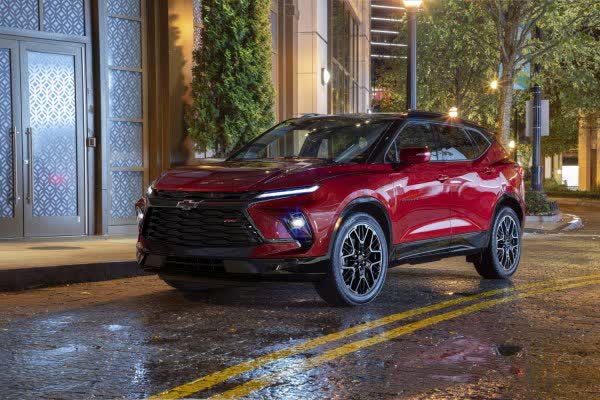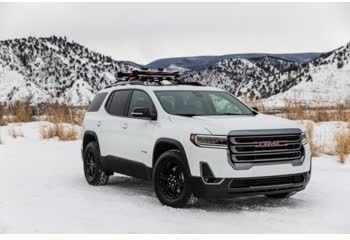Tout ce que vous devez savoir sur les spécifications et les performances - Chevrolet Blazer 2022 - 3.6 V6 (311 Hp) Hydra-Matic

Présentation:
Quelle est la cylindrée d'un Chevrolet Blazer 2022 ?
La capacité du moteur de la Chevrolet Blazer 2022 est de 3640.
Chevrolet Blazer 2022 Combien de chevaux-vapeur ?
La puissance du moteur de la Chevrolet Blazer 2022 est de 311 Hp @ 6700 rpm.
Quel est le moteur Chevrolet Blazer 2022?
Le moteur Chevrolet Blazer 2022 est LGX. (Cliquez pour voir d'autres voitures utilisant le même moteur)
Combien de carburant consomme une Chevrolet Blazer 2022 ?
La Chevrolet Blazer 2022 consomme 10.7 litres d'essence pour 100 km.
Quelle est l'huile recommandée pour un moteur Chevrolet Blazer 2022 ?
L'huile recommandée pour un moteur de voiture Chevrolet Blazer 2022 est 5W-30.
Quel type de système de transmission par arbre à cames est utilisé dans un moteur Chevrolet Blazer 2022?
chaîne est utilisé pour transmettre le mouvement.
Général:
Moteur:
Performances:
Espace:
dimensions:
Groupe motopropulseur, suspension et freins:
Voir aussi

Autre génération.
Sa production a commencé en 1994 jusqu'à 1998

Même moteur. (LGX).
Sa production a commencé en 2017 jusqu'à 2020

Même moteur. (LGX).
Sa production a commencé en 2020 jusqu'à maintenant

Écrire un commentaire